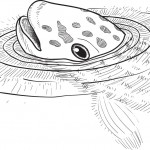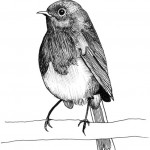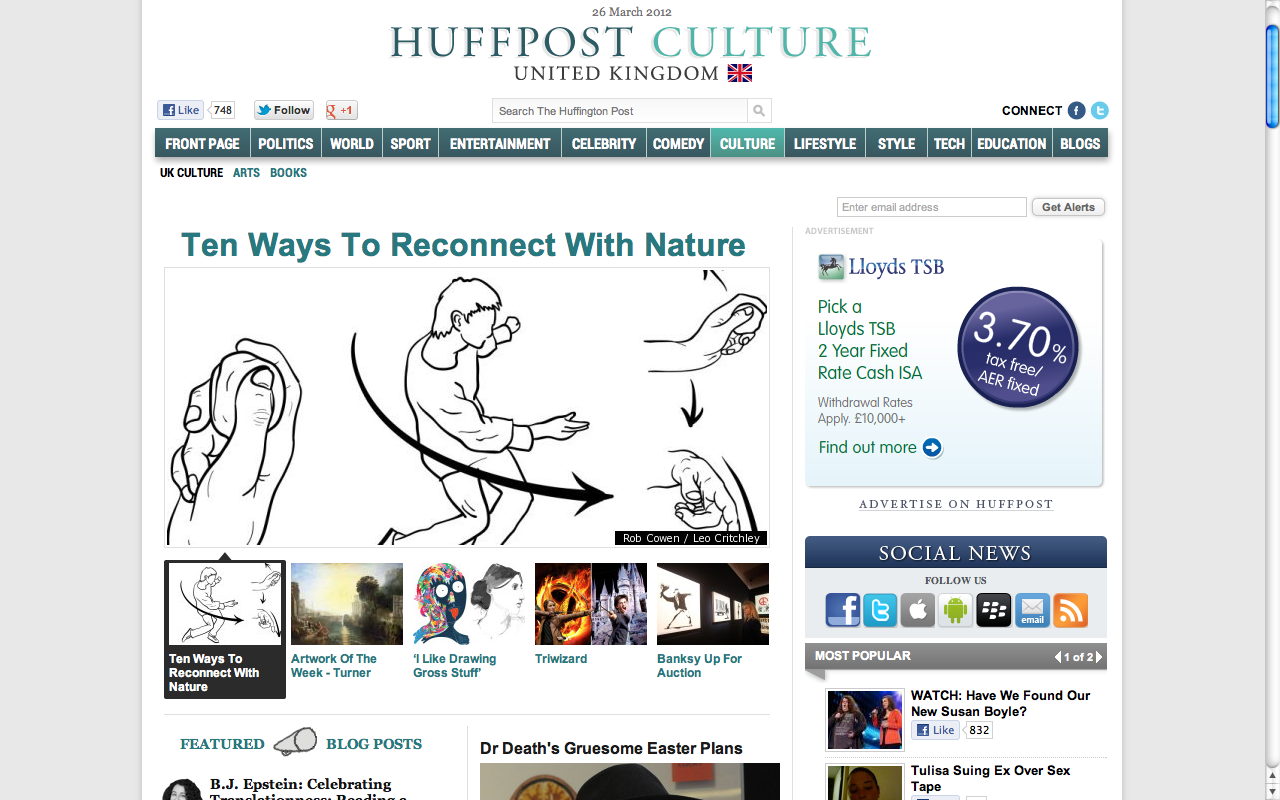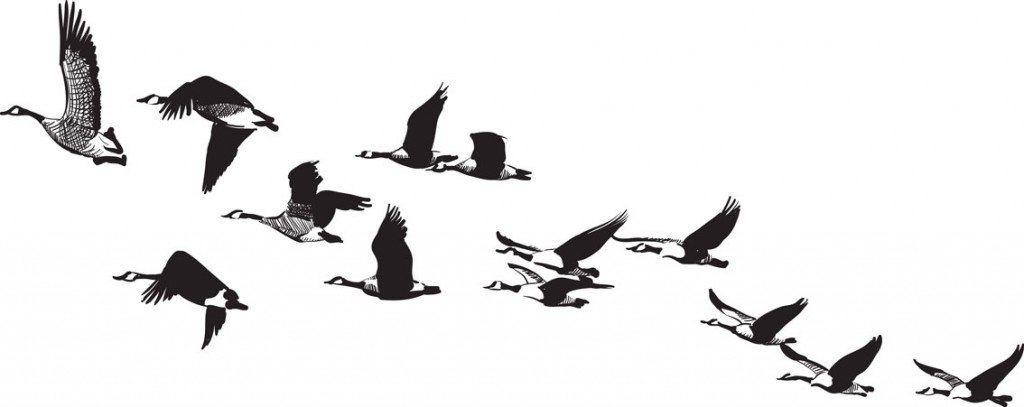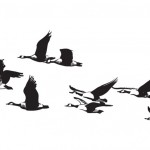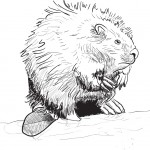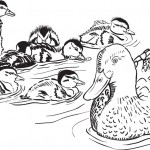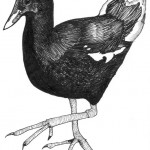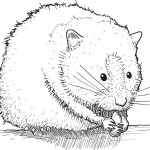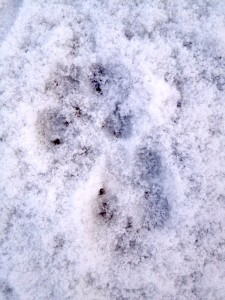When as the salmon seeks a fresher stream to find
(Which hither from the sea comes yearly by his kind,
As he in season grows), and stems the wat’ry tract
Where Tivy, falling down, doth make a cataract,
Forc’d by the rising rocks that there her course oppose,
As though within their bounds they meant her to inclose;
Here, when the laboring fish doth at the foot arrive,
And finds that by his strength but vainly he doth strive,
His tail takes in his teeth ; and bending like a bow,
That’s to the compass drawn, aloft himself doth throw :
Then springing at his height, as doth a little wand,
That bended end to end, and flerted from the hand,
Far off itself doth cast ; so doth the salmon vaut.
And if at first he fail, his second summersaut
He instantly assays; and from his nimble ring,
Still yarking, never leaves, until himself he fling
Above the streamful top of the surrounded heap.
Michael Drayton, Poly-Olbion
This passage is from Michael Drayton’s poem Poly-Olbion. Verse by verse, this lengthy work moves across the whole landscape of Britain in remarkable detail, and took Drayton decades to write. It’s worth dipping into, if only to find what he has to say about your favourite bits of the country.
I think there is a lesson here on how people forge their connection with nature. Drayton versified the physical geography and anthropomorphised its myths and legends, a highly intellectual approach and one he seems well aware risked boring people, claiming that any such effect “proceeds from thy idleness, not from any want in my industry”. Charming.
Izaak Walton’s lyrical and instructive tome on fishing, The Complete Angler, quotes these lines as an example of what the salmon is famous for. He says Drayton is an “old friend”, but his footnote on Poly-Olbion is rather lukewarm: “Though this poem has great merit, it is rendered much more valuable by the learned notes of Mr. Selden”. Why so half-hearted?
Conversely, Walton’s instructional work is much more accessible, and was much more popular at the time and to the present day. Drayton’s poetry on the salmon seems to me more attractive when it’s set amongst Walton’s affable instruction on where the tastiest salmon are to be found, and what the record for largest ever caught is.
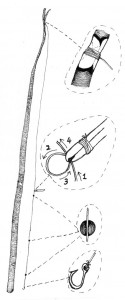
This is something we have tried to echo in Skimming Stones. We’ve wanted to make sure there’s some depth to it, but never at the expense of alienating someone new to all this outdoorsy stuff. As a city child myself, this was important to me, and I think the simple activities function as a kind of passport to engaging with the land. Rather than holding it up as something to be worshipped, something we have to make a great effort to involve ourselves with, it becomes accessible and inviting.
(N.B. I actually quite like Drayton’s poetry, despite Poly-Olbion not quite working. I think it was more the overall concept than his level of skill that doomed him. If he’d written a series of smaller poems on individual areas I think he would have been much better received.)
– Leo –
